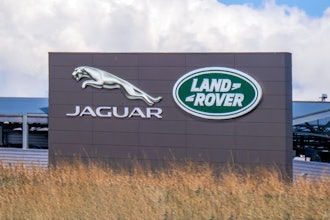On the lengthy list of technical and ethical standards self-driving cars need to meet, sharp eyesight sits as an important bullet point. Before the vehicle takes full control, automotive sensing must remain continuous, reliable, and high-resolution. To tackle this issue, AdaSky has developed an infrared (IR) thermal camera solution, dubbed the Viper.
“Today’s sensors are not good enough for fully self-driving cars and that’s where we come in,” says Dror Meiri, vice president of business development at AdaSky, according to IEEE. “We think infrared technology can bridge the gap from Level 3 all the way to Levels 4 and 5.”
According to SAE’s levels of autonomy, Level 3 rests on conditional automation. During certain circumstances, the system expects a human to take control when prompted. Level 4 and 5 autonomy exhibit high and full automation, meaning human intervention isn't a necessity.
To make the jump from Level 3, a vehicle’s sensors need to provide a reliable image of its outside environment. Even with today’s advancements, each current solution has its downfall. Bad weather, level of detail, and day/nighttime conditions all plague modern lidar, radar, and cameras.
This is where AdaSky believes passive infrared vision can shine. The tech senses its surroundings "by passively collecting far infrared (FIR) signals through detection of thermal energy radiated from objects and their body heat," according to AdaSky. When the vehicle transitions into areas of contrasting light, the images stay clear during the abrupt change.
To interpret data from the infrared thermal camera, the team has also created its own computer vision. With this addition, the system can extend the car’s sight beyond its headlight range, identifying people, vehicles, and obstacles.
Even though the team boasts their infrared camera can sustain continuous operation at 60 frames per second at a resolution of 0.3 megapixels, there’s still work to be done. Improvements include fortifying its reliability and continuing to drive down the cost.
According to AdaSky, a handful of companies are evaluating the system. If all goes as planned, the team set mass production estimates between 2020 and 2021.
Watch the Viper in action, to see how it compares to a full HD dashcam when exiting a tunnel in the video below.






















